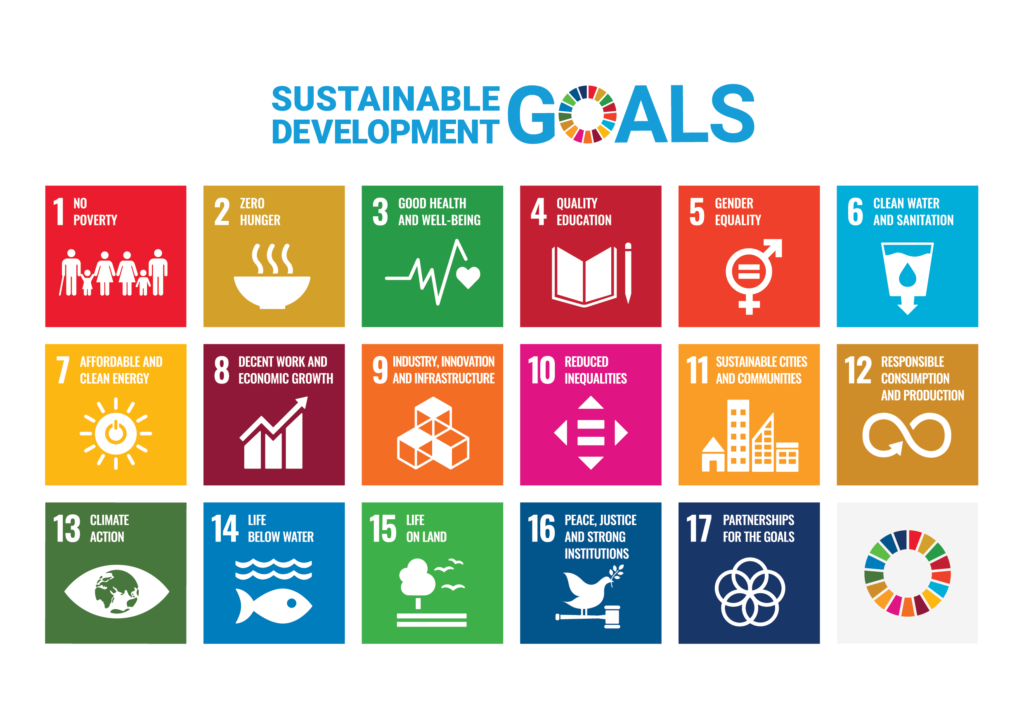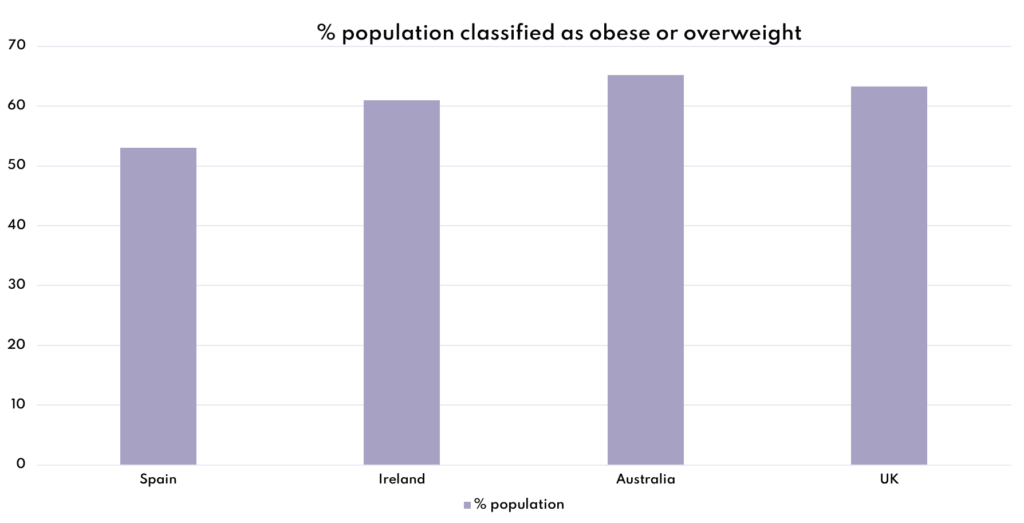Bump2Baby and the SDGs: The potential impact on the UN’s flagship policy ambition
Share Lines
Twitter – Check out latest @bump2babyandme blog highlighting where we can contribute to the progress of the Sustainable Development Goals. #GlobalGoalsWeek @SDGoals #maternalhealth
The 17 Sustainable Development Goals (SDGs) are a set of global ambitions, set out and adopted by all 193 members of the United Nations. They are a roadmap to a more sustainable, healthy and equal planet by 2030. As a global ambition, they help provide a guide to what wider impacts research projects and evidence-based policy options can have.
The goals are varied and provide a holistic ambition to tackle major global challenges. With the overarching objective of “leaving no one behind” they strive for social justice through population equity, in turn aiming to achieve lasting equality within and among countries.

The SDGs were adopted by all members of the United Nations, encompassing an approach that both the global north and the global south are striving to achieve. Whilst different states will have different progression rates for the goals, voluntary reviews undertaken by states allow us to track trend over time. Each country will use slightly different data sets, with some not being designated yet. However, it does allow us to highlight where Bump2Baby can contribute to progress.
Bump2Baby and the SDGs
Goal 2: Zero Hunger
Goal 2 aims to end hunger but also achieve food security and improved nutrition. Within the goal, target 2.2 breaks this down further by aiming to address the nutritional needs of pregnant women (amongst other groups of people). Whilst ensuring people achieve the right nutrition can be closely associated with a lack of food consumption, obesity can also lead to forms of malnutrition as the body fails to get the balance of different nutrients and minerals required for a healthy life. Across our project’s intervention countries obesity amongst people aged 15+ ranks amongst the top 50% of data reported for OECD countries.1

In Spain, data was only self-reported. In cases where both self-reported and measured percentages were recorded, self-reported data scored lower. This might be down to health education amongst the population on what classified as a healthy weight.
Goal 3: Good Health and Well-being
Goal 3 aims to ensure healthy lives and promote well-being for all at all ages. To ensure this the Goal aims to reduce preventable mortality. Two targets closely link to the aims of Bump2Baby:
• Target 3.1 – reduce the global maternal mortality ratio;
• Target 3.2 – end preventable deaths of newborns and children.
Both targets aim to reduce the mortality rates for the different age groups. Across the intervention countries there are similar reported results, with a significant difference amongst maternal mortality rates. They fall among some of the higher within the global north, with states such as Norway, Finland and the Netherlands consistently outperforming our intervention countries.
| Intervention Country | Infant Mortality / 10002 | Maternal Mortality / 100,0003 | Still birth rates / 10004 |
| Spain | 2.7 (2018) | 1.9 (2018) | 2.9 (2015) |
| Ireland | 2.9 (2018) | 1.6 (2017) | 2.7 (2015) |
| Australia | 3.1 (2018) | 4.8 (2018) | 2.9 (2015) |
| UK | 3.9 (2018) | 6.5 (2017) | 2.7 (2015) |
Both Goal 2 and Goal 3 are influenced by the physical health aspect of the Bump2Baby intervention in providing support for people at risk of gestational diabetes during pregnancy. By providing targeted support and helping ensure healthy weight management pre- and post-natal, risks associated with the disease can be reduced and we can promote healthy lives. We hope to demonstrate that by using the Bump2Baby intervention within healthcare systems, these rates, and the goals can be improved.
Goal 5: Gender Equality
Goal 5 focuses on tackling the systematic injustices between genders and aims to ensure empowerment for women and girls in particular. Gestational diabetes and healthy weight management is something that adversely affects the lives of many people. With this in mind, Bump2Baby can positively impact target 5.1: end discrimination against all women and girls.
Adverse pregnancy outcomes can be severely impacted by the accessibility of healthcare services, but also by wider influences of deprivation amongst communities. This might take the form of reduced health literacy or health outcomes more closely linked with those in more deprived settings, such as a higher risk of obesity. Due to Bump2Baby’s remote usability and targeted health support to the individual, the intervention aims to break down some of the systematic barriers outlined above. It will empower women who are suitable for the intervention by providing healthy weight management support.
This is also closely linked to the final SDG the project can positively impact.
Goal 10: Reduced Inequalities within and among countries
Health outcomes in the global south fall further behind that of the global north. Bump2Baby and Me has the opportunity to expand to middle- and low-income countries. As the use of mobile technology is starting to connect every corner of the globe, digital healthcare can begin to be reached by everyone. With the intervention being trialled in English and Spanish (two out of the six official languages of the World Health Organisation), the global impact has great potential.
It is our hope that Bump2Baby and Me can really help progress the overarching objective of the SDGs, “leaving no one behind”. Enabling healthier pregnancies and the best start to life, for all.
by Mitchell Salter
References
1https://data.oecd.org/healthrisk/overweight-or-obese-population.htm
2https://stats.oecd.org/Index.aspx?DatasetCode=HEALTH_STAT
